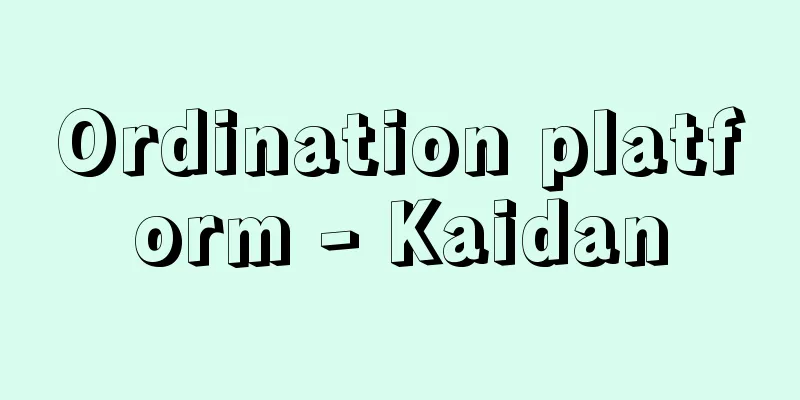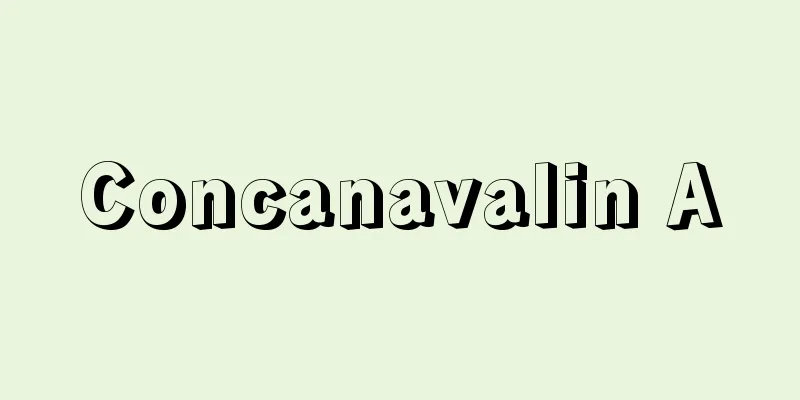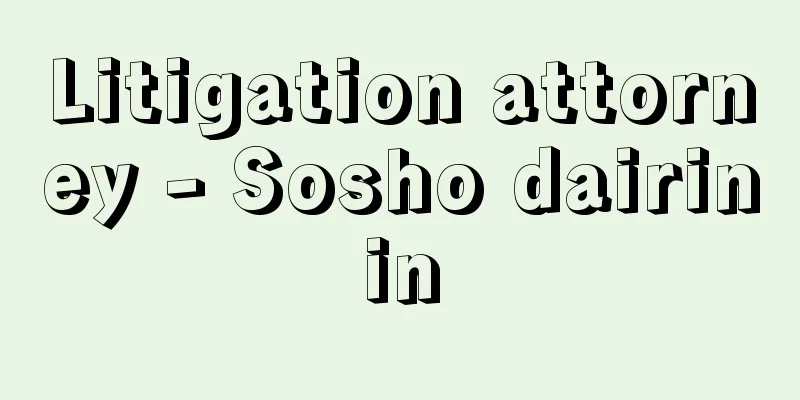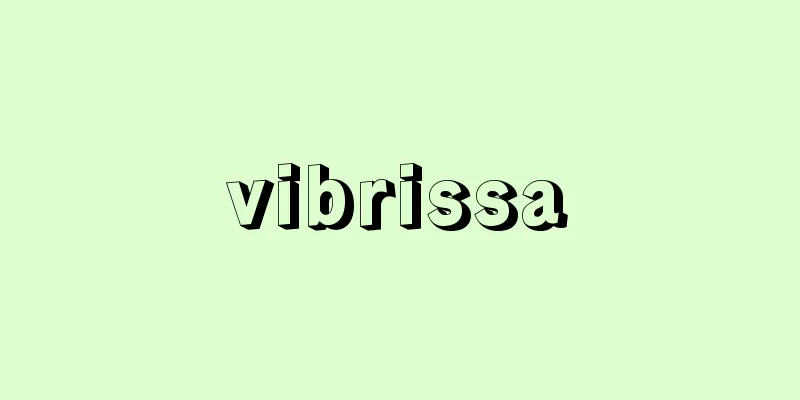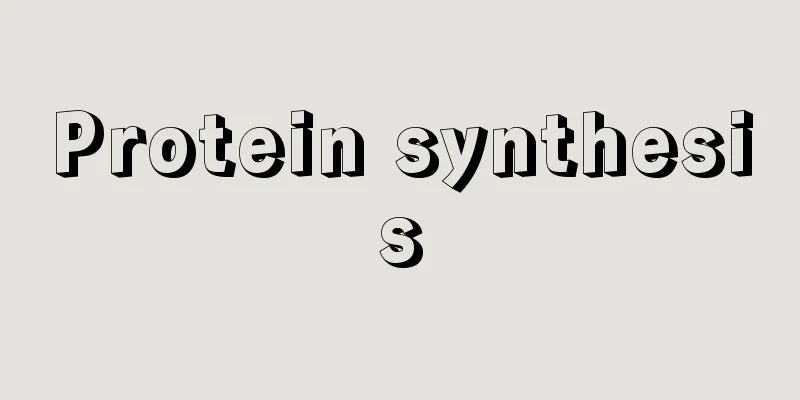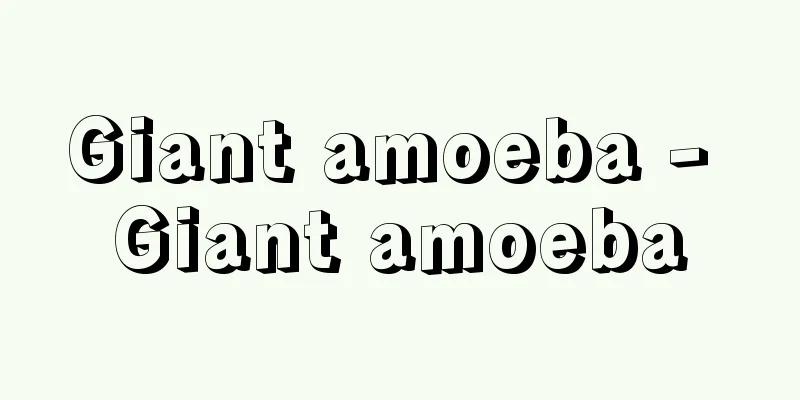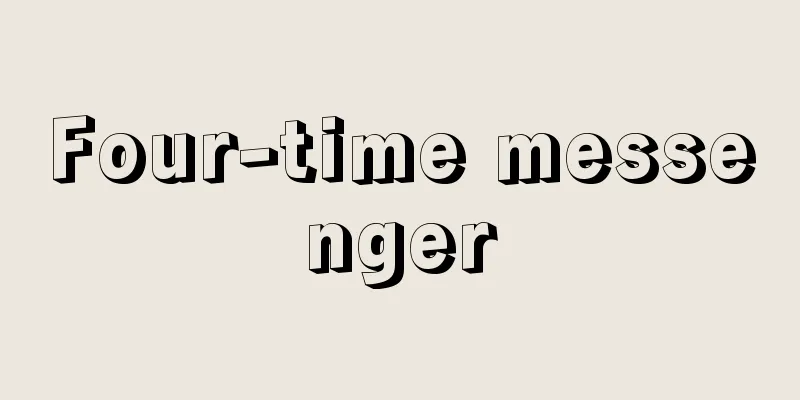Business organization - Keieisoshiki (English spelling) business organization

|
It refers to a system of consciously coordinated human activities and forces contained within management. It can also be described as a system of collaboration among people who consciously and plannedly share and share the management objectives, or a system of human activities in which decision-making processes are allocated and specialized to achieve the management objectives. The elements of a management organization are the management objectives, the motivation of management members to contribute, and communication. The first element, the management objectives, is a chain system that extends from abstract and comprehensive overall objectives (such as survival and growth) to concrete and individual partial objectives (such as cost reduction). In response to this chain system, the management organization is divided into the overall organization that pursues the overall objectives and various partial organizations (departments, sections, business offices, etc.) that constitute it and are contained within it and pursue partial objectives. The most widely used division of partial organizations is into management management organizations and work organizations. The second element is related to the fact that when there are a large number of collaborators, i.e. management members, it is not necessarily the case that all of them will understand the management objectives independently and will be motivated to cooperate. Rather, many people join a management organization as a necessary measure, such as to earn a wage. In order to sustain cooperation among a large number of individuals who have personal goals separate from the management's objectives, it is necessary to prepare and provide a variety of material incentives, such as wages, and non-material incentives, such as status and opportunity. The third element is to ensure that each member is fully aware of the management's objectives and to provide them with the necessary information so that they can act in a highly rational manner. This is embodied in the clarification of command and authority relationships, the establishment of reporting systems, various meetings, management information systems, etc. The traditional view of business organizations has been extremely narrow. In other words, an organization was considered to be nothing more than a system in which various tasks (jobs, duties) required to achieve a goal are allocated, positions and organizations are set, and the authority and responsibility relationships between them are defined; in other words, the organizational structure. This is a static mechanism shown in an organizational chart. However, while this organizational structure is the foundation of an organization, it is only one aspect of it. In reality, business organizations are based on organizational structure, but are in a state in which living people with different emotions and personalities occupy positions, form organizations, and operate while repeatedly cooperating and conflicting. The current view of organizations is one of dynamic behavior. The organizational form indicates the organizational structure. The basics are the lineal system (also called the military or linear system) and the functional system, which emphasize the two major organizational principles of order (maintenance of discipline) and specialization. Since these alone cannot carry out complex activities, they are usually reinforced by both staff (a body of experts or groups of experts that assists the executives and managers) and committees (meetings). The most common organizational structure currently in existence is the functional departmental lineal system reinforced by staff and committee systems, which is simply called the line-and-staff system or functional departmental system. In this case, functional departments are the lineal departments that are organized by function, such as manufacturing and sales. Divisional systems are systems in which these departments are divided by product or region, given their own products and markets, and made independent of accounting, and are common in large, diversified management organizations. Divisional systems are called decentralized organizations because they create business divisions with a high degree of autonomy within a company. However, all of the above, whether centralized or decentralized, operate on the axis of a hierarchical relationship (vertical = column) with the manager at the top. In this sense, these are collectively called column forms. They also clarify the job authority of each position and each institution, and ideally have a system like a precise machine to that extent. In this sense, these are collectively called mechanical systems. In recent years, apart from mechanical systems suitable for such routine work, the need for a system that flexibly cooperates by clarifying only the purpose and constraints, focusing on the processing of non-routine work, has been advocated. A typical example of this is the project team. It can be a reinforcement for existing various organizational structures, but there has been a trend to go further and adopt a dual organizational structure by using the project type as one axis of the organizational structure and existing organizational criteria such as by function or region as the other axis. This type of structure is called a determinant or matrix organization. The two axes of the determinant can be various combinations such as function, product, region, project, etc. There are also several types of work organizations. They can be classified according to the means of production into manual work organizations, machine work organizations, and equipment work organizations; according to the production method, they can be classified into universal work organizations, model-specific work organizations, type-specific work organizations, and assembly work organizations; according to the production mode, they can be classified into continuous progress work organizations, continuous disassembly work organizations, and assembly work organizations; and according to the production technology, they can be classified into single-item/small-batch production work organizations, large-batch/mass production work organizations, and equipment production work organizations. [Mitsuo Morimoto] [Reference] | | | | |Source: Shogakukan Encyclopedia Nipponica About Encyclopedia Nipponica Information | Legend |
|
経営内に含まれている意識的に調整された人間の活動や諸力のシステムをいう。それはまた、意識的・計画的に経営目的を共有・分担する人々の協働するシステム、あるいは経営目的達成のために意思決定の諸過程を配分され、専門化して協働している人間の活動のシステムということもできる。経営組織の要素は、経営目的、経営構成員の貢献意欲、コミュニケーション(伝達)の三者である。第一の要素である経営目的には、抽象的・包括的な全体目的(たとえば存続・成長)から、具体的・個別的な部分目的(たとえば原価の切下げ)に至る連鎖体系があり、経営組織はこの連鎖体系に対応して、全体目的を追求する全体組織と、それを構成しそれに内包されながら部分目的を追求する各種部分組織(部課、事業所など)に分けられる。部分組織のうち、もっとも広く用いられる区分は、経営管理組織と作業組織に二分するものである。第二の要素は、多数の協働者すなわち経営構成員が存在するようになると、彼らのすべてが経営目的を主体的に理解し、協働を意欲的に行うとは限らなくなることにかかわっている。むしろ多くの者は、賃金獲得などのやむをえぬ方策として、経営組織に入ってくる。このように経営目的とは別の個人目的を抱く、多数の個人に協働を持続させるには、賃金に代表される物的誘因や、地位・機会のような非物的誘因を多面的に準備・提供する必要がある。第三の要素は、経営目的を各構成員に十分に周知させ、また各人が合理性の高い行動をすることができるよう、必要な情報を適切に与えることをいう。それは、指揮命令、責任権限関係の明確化、報告制度の整備、各種会議、経営情報システムなどによって具体化される。 従来の伝統的な経営組織観はきわめて狭義のものであった。すなわち、目的達成に必要とされる各種の仕事(職務、業務)を配分し、職位や機関を設定し、それらの権限・責任関係を定めたシステム、すなわち組織構造のみを組織としていた。それは、組織図に示される静態的機構である。しかし、このような組織構造は、組織の基礎ではあるがその一面でしかない。現実の経営組織は、組織構造を基本にもちながら、感情や性格を異にする生きた人間が職位を占め、機関を構成し、協力と葛藤(かっとう)を反復しながら活動している状態である。現在の組織観は、このような動的行動である。 組織構造を示すものが組織形態である。その基本は、組織の二大原理である秩序化(規律保持)と専門化をそれぞれ前面に押し出す直系式(軍隊式、直線式ともいう)と機能式である。これらのみでは複雑な活動を展開できないから、普通、スタッフ(専門家もしくはその集団による経営者・管理者の補佐機関)ないし委員会(会議)の両制度によって補強する。現存するもっとも多い組織構造は、スタッフと委員会制によって補強された職能部門別直系式であり、これを単にライン・アンド・スタッフ式とか職能部門制という。この場合、職能部門とは、直系式各部門を、製造、販売などの職能別に編成するものである。この部門を製品別もしくは地域別とし、独自の製品・市場を与えて独立採算制としたものが事業部制であり、多角化した大規模経営組織ではこれが多い。事業部制は、企業のなかに自主性の高い事業部を設けるから、分権的組織といわれる。しかし、以上のものはすべて、集権的か分権的かの差はあれ、経営者を頂点とする上下関係(たて=列)を軸にして動くものである。この意味で、これらを列形態と総称する。これらはまた、各職位、各機関の職務権限を明確にし、その限りで精密な機械のようなシステムを理想としている。この意味で、これらを機械的システムと総称する。近年、このような定型的業務の処理に適した機械的システムとは別に、非定型的業務の処理を中心に、目的と制約のみを明示して弾力的に協働するシステムの必要が提唱されるようになった。その典型がプロジェクト・チームproject teamである。それは、既存の各種組織構造に対する補強となりうるが、さらに進んで、プロジェクト式を組織構造の一軸とし、他軸に職能別、地域別などの既存編成基準を用いて、二元的な組織構造を採用する傾向が現れた。このような構造を行列式またはマトリックス組織という。なお、行列式の二軸は、職能、製品、地域、プロジェクトなどのさまざまな組合せが可能である。 作業組織にもいくつかの類型がある。生産手段によって手作業組織、機械作業組織、装置作業組織に、生産方法によって万能式作業組織、機種別作業組織、品種別作業組織、流れ作業組織に、生産態様によって進行連続作業組織、分解連続作業組織、組立て作業組織に、また生産技術によって単品・小バッチ生産作業組織、大バッチ・大量生産作業組織、装置生産作業組織に分けることができる。 [森本三男] [参照項目] | | | | |出典 小学館 日本大百科全書(ニッポニカ)日本大百科全書(ニッポニカ)について 情報 | 凡例 |
>>: Business strategy - Keieisenryaku (English spelling) corporate strategy
Recommend
Enrico Barone
Italian economist and military scholar. Born in N...
Daphne mezereum (English spelling) Daphnemezereum
… [Toshio Hamatani]. … *Some of the terminology t...
Introduction - New
〘noun〙① (━suru) To enter the gate. ※Fuzoku Gaho - ...
Yonagunisan (Yonaguni silkworm) - Yonagunisan (English spelling) atlas moth
An insect of the Lepidoptera family, Saturniidae (...
Anne (English spelling)
Born: 6 February 1665, London [Died] August 12, 17...
Saltykov-Shchedrin (English spelling)
…His real name was Mikhail Evgrafovich Saltykov. ...
The Wolf and the Seven Little Goats - Wolf and the Seven Little Goats
(Original title, German: Der Wolf und die sieben j...
Anjo [city] - Anjo
A city in central Aichi Prefecture. It was incorpo...
Diving fishing - Sensui gyogyo
A type of fishing in which female divers and other...
Historical magazine - Shigakuzasshi
A monthly specialist magazine on Japan's leadi...
Iimoriyama (Nagasaki)
…It faces Omura Bay to the east, Goto Nada to the...
Celadon
A type of porcelain. In principle, the surface of...
salarium
…For these reasons, salt has long served as a kin...
Algae - Sorui (English spelling)
A group of plants that includes a diverse taxonom...
Nagazane Fujiwara - Nagazane Fujiwara
Year of death: 19th August 1133 (19th September 11...
